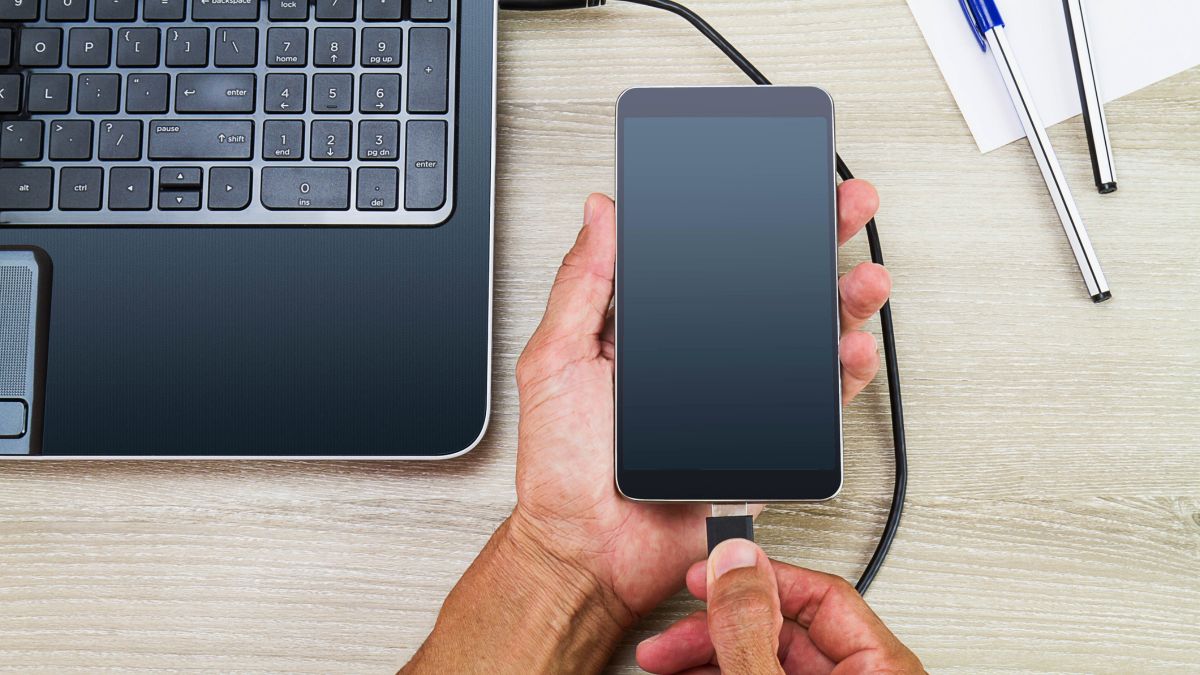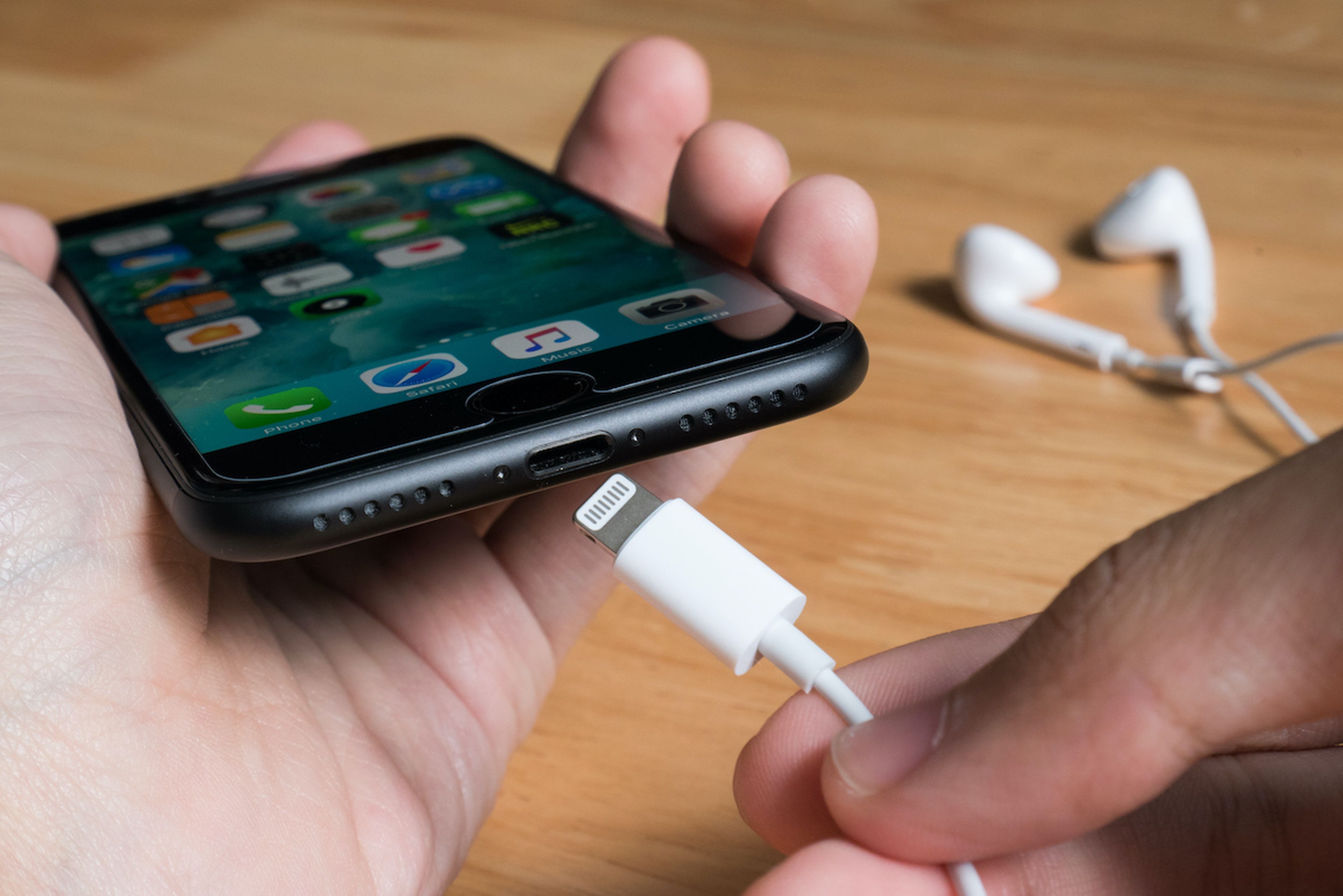
At a time when one cannot live almost without technological devices, there is a certain battle companion that is often overlooked, but plays a key role: connectors.
The famous Jack, the all-in-one USB-C and the exclusive Lightning, have been great protagonists in the world of connectivity, each with their unique characteristics that distinguish them.
From the classic audio connection to data transmission and fast charging, each connector has its own functions, loved and hated equally depending on the user.
That is why it is time to learn a little more about these three connectors that They will make you travel to the past to the most absolute present with the presence of USB-C reaching the exclusive iPhone, a milestone that, of course, has marked 2023.
- Jack: standing the test of time
- USB-C, the connector that does everything
- apple‘s Lightning, a standard for iOS devices
Jack: standing the test of time
The Jack connector It has been present in practically all aspects of life. From the early days of turntables to modern music players, this connector has stood the test of time with its simplicity and versatility.
This little by little has disappeared from all the mid- and high-range mobile phones on the market, although Sony is the only brand that retains this connector on its high-end mobile phones. Its cylindrical shape and 3.5mm plug design make it a universal standard, capable of connecting with a wide variety of devices.
What makes the Jack so special is its ability to transmit analog signals with great clarity. Its simplicity is its strength, as it does not require digital processing, which can affect sound fidelity. This purity of transmission has made the Jack the preferred choice for music lovers seeking an authentic experience.
However, the Jack’s simplicity can also be considered its limitation today. As we move towards a world where music and electronic devices are increasingly intertwined, the Jack is at a disadvantage by not being able to transmit digital data. This limits its ability to deliver the nuances of music in high-resolution digital formats.
USB-C, the connector that does everything
The USB-C connector, on the other hand, It is the great titan of connectivity. Its design and multifunction capacity have made it the standard of choice for a variety of devices, from mobile phones, such as the current iPhone 15, to laptops.
Physically, the USB-C connector It is small, thin and reversible, meaning it can be attached in any orientationeliminating the frustrating moments often associated with older USB types.
Typically, it works with the USB 3.1 standard, providing a data transfer speed of up to 10 Gbps, although it is also compatible with older USB standards – 2.0 and 3.0.
Not only does it offer a robust physical connection, but it also It’s a workhorse when it comes to data transfer and power. It can transmit data at high speeds and charge devices at a very good speed. This has led to widespread adoption in the industry, with many device manufacturers opting for this versatile connector.
It can carry audio and video signals, as well as data and cargo. This versatility makes it an all in one solution for a wide range of applications, from connecting peripherals to viewing high-resolution multimedia content.
Apple’s Lightning, a standard for iOS devices
Developed by Apple, Lightning has been a standard on iOS devices since its introduction in 2012 with the iPhone 5, replacing the 30-pin dock connector.. Although there have already been changes and USB-C has been introduced in some devices such as the iPhone 15, it is still predominant in the brand’s products.
Like USB-C, the Lightning connector is also small, thin, and reversible. A big difference from USB-C is that Lightning connectors are exclusive to Apple devices, such as iPhone, iPad, iPod and some accessories such as AirPods.

This exclusivity means that users with multiple Apple devices can use the same cable for different devices.
The Lightning connector supports several functions, including charging, syncing, and audio output. However, Its data transfer speed is slower than USB-C, typically around USB 2.0 speedsalthough you can achieve USB 3.1 speeds on some specific devices with the hardware appropriate.



